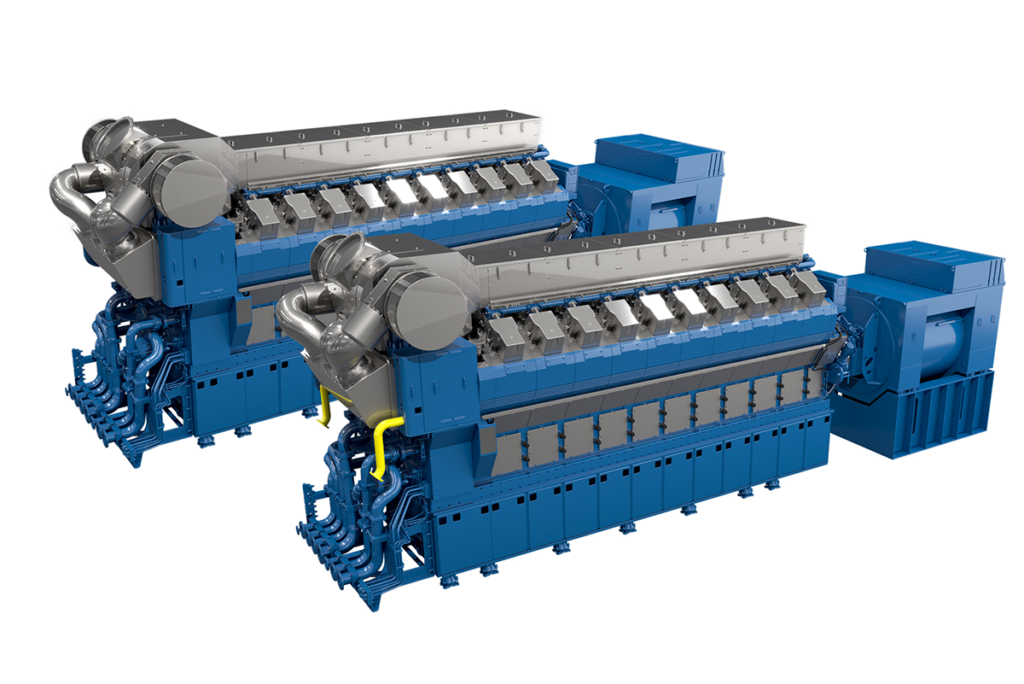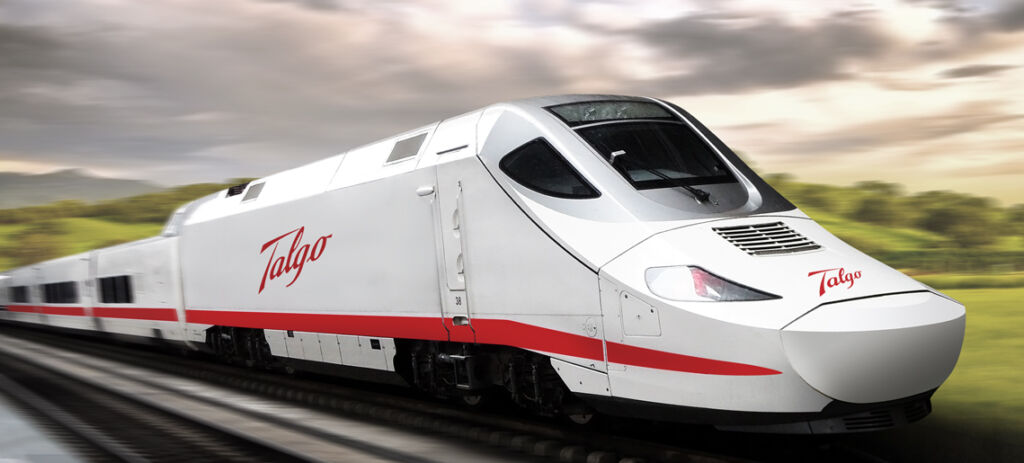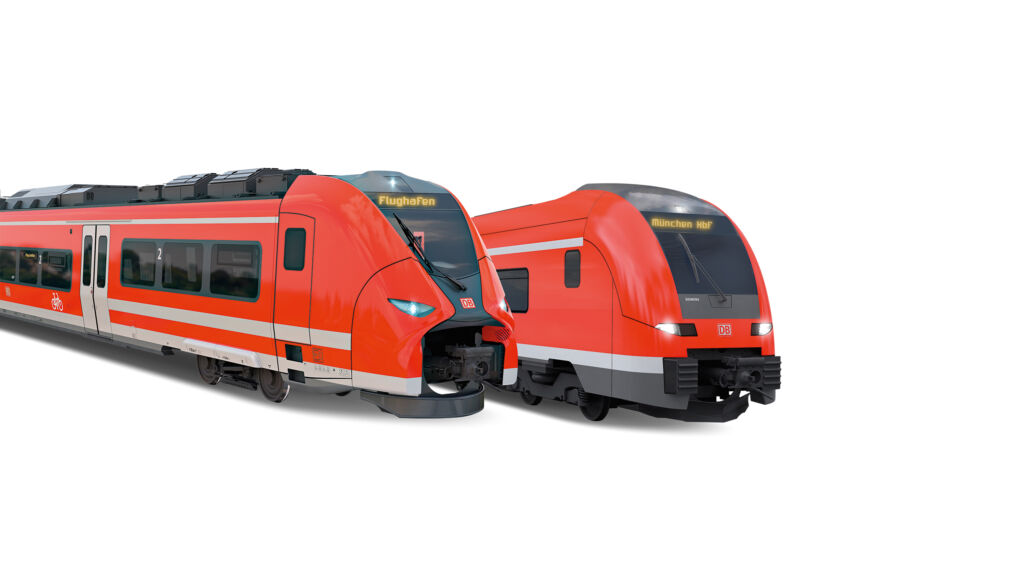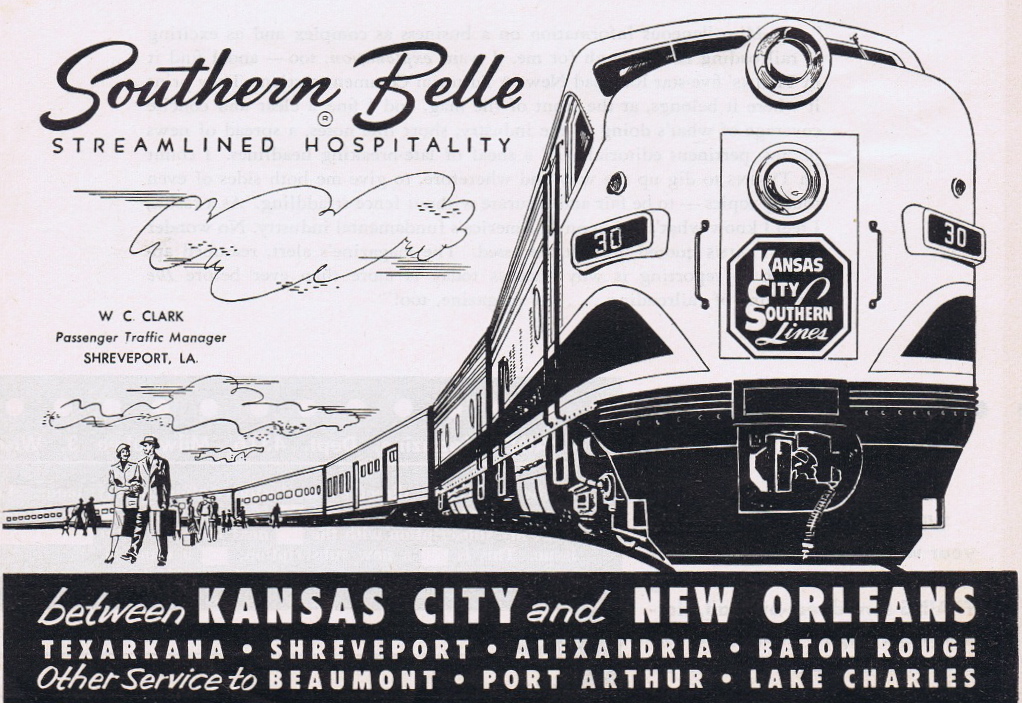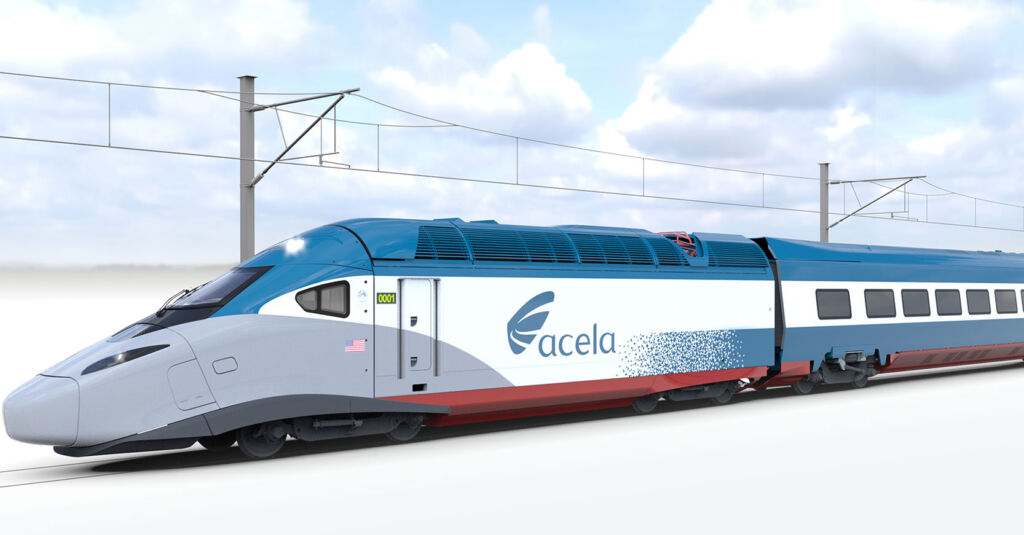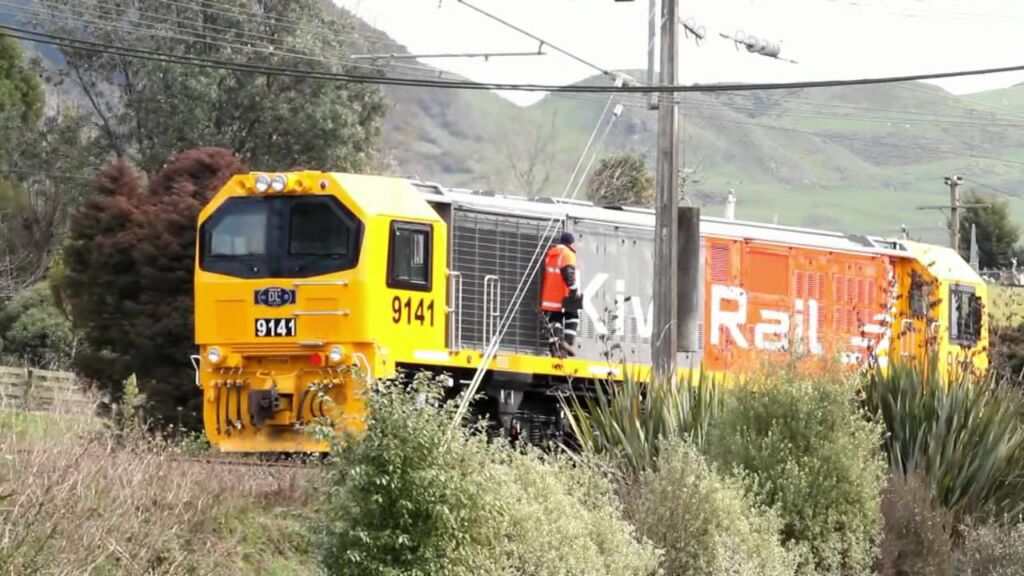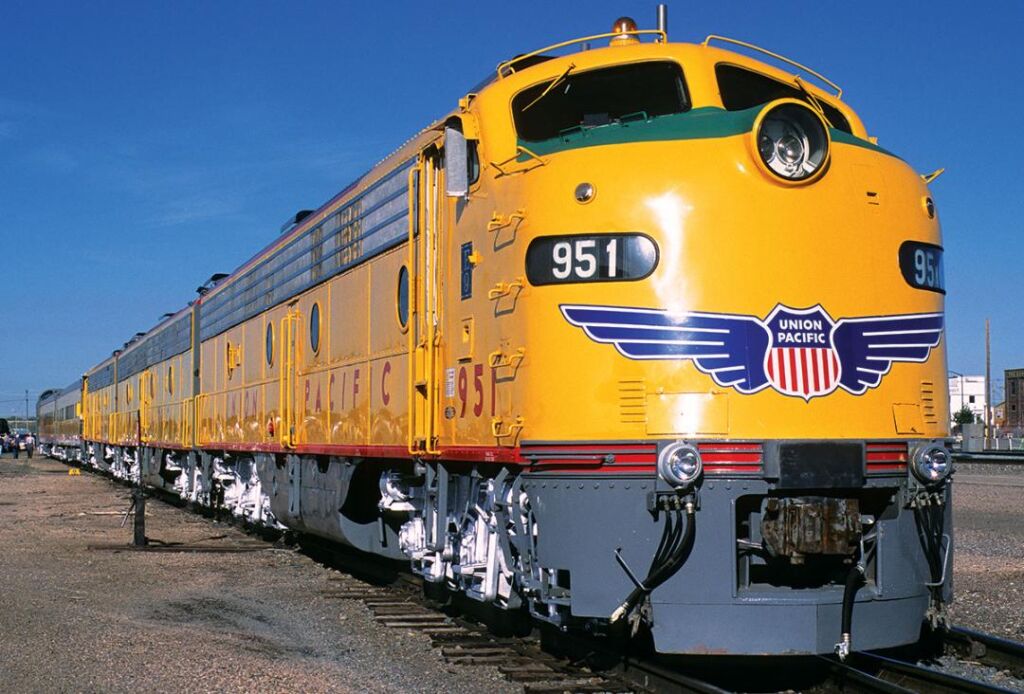Rolls-Royce Signs Agreement to Sell Bergen Engines to TMH Group
Rolls-Royce has signed an agreement to sell the Bergen Engines medium speed gas and diesel engines business to TMH International, the international branch of TMH Group, for net proceeds of approximately EUR 150m. TMH Group,…
